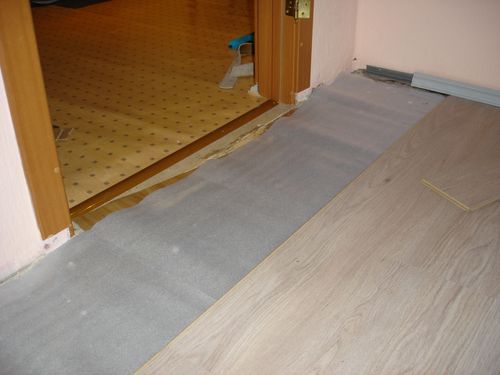PECULIARITIES OF WALL PLASTERING IN LAYERS
 Alignment of the walls during the repair has always been one of the most time-consuming and lengthy processes that required a significant application of force and the presence of special skills. Now all the work can be done very quickly and without extra costs, using modern tools – guides beacons and high-quality plaster mixes.
Alignment of the walls during the repair has always been one of the most time-consuming and lengthy processes that required a significant application of force and the presence of special skills. Now all the work can be done very quickly and without extra costs, using modern tools – guides beacons and high-quality plaster mixes.
Wall plaster
Advantages of the method
Reliable coupling with any surfaces;
Resistance to moisture;
Fast speed of all jobs;
The result is smooth and even surfaces suitable for further processing.
Plaster mix on the wall
Plaster mixes
For finishing, either homemade solutions or ready-made solutions are used. Preference is increasingly given to the second, since they are created about proven and clear recipes, with the addition of various additives that improve quality.
Now there are four options for mixtures:
Limy – suitable for dry rooms;
Cement – forms the strong basis which is suitable for further finishing by different materials;
Gypsum – plastic and eco-friendly solution that is resistant to frost, quickly hardens.
For concrete walls, it is better to buy cement-based mixtures or, they will last longer. Before applying the finished composition on the surface is mounted a special mesh or notches are made.
For brick foundations, all types of plaster are suitable, but preliminary alignment is required. In wooden buildings, walls are initially reinforced and a gypsum-lime mortar is used. It is also involved in the design of buildings of gypsum blocks. For gas and foam blocks there are special blends with additional additives that increase adhesion.
Fixing the lighthouse on the wall
The choice of beacons
The lighthouse is a device that serves for the smooth installation of plaster on any surface and create a smooth base. There are several options for such products.
Wooden – now occurs less frequently, suitable for repeated use;
Galvanized metal – the most popular and comfortable. But they can not be reused, with minor damage quickly rust. Have several forms;
Plastic – made of carbon fiber. Very durable. When installed, they are mounted on glue;
Flood – used in the decoration of complex surfaces. Rarely used because it requires special skills.
Alignment of applied plaster
Execution technology
Preparation of walls – eliminates large distortions, marking is carried out, if necessary, reinforcing mesh is attached;
Extreme lighthouses are located 30-40 cm from the corners. The rest of the distance is divided into equal sections;
A primer is applied to clean and remove dust from the surface;
Guides are mounted on screws and plaster. The solution is allowed to dry. At this time, check the evenness of the installation using fishing line and plumb lines;
Finished plaster mixture is thrown between two beacon profiles until there is no free space. Surpluses are removed by the rule;
Guides are removed after a few hours;
The processed surface is rubbed with circular movements.
The plaster on the beacons is a repeatedly tested and well-known method that makes it possible to achieve high results in a short time and at very low cost. This technology is used for leveling walls in rooms. Due to the presence of an extensive range of blends in this way, you can decorate any bases and prepare them for further finishing.



